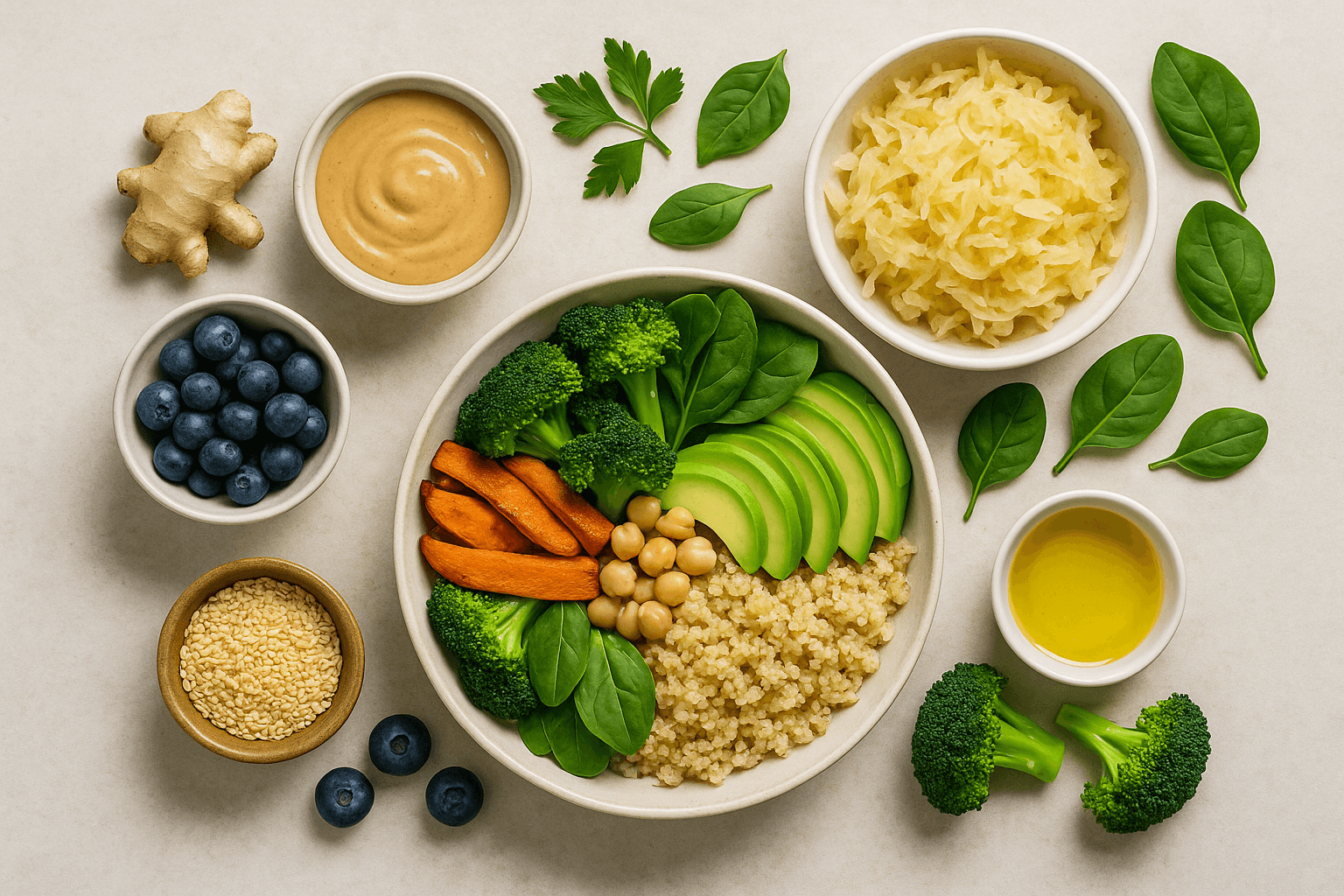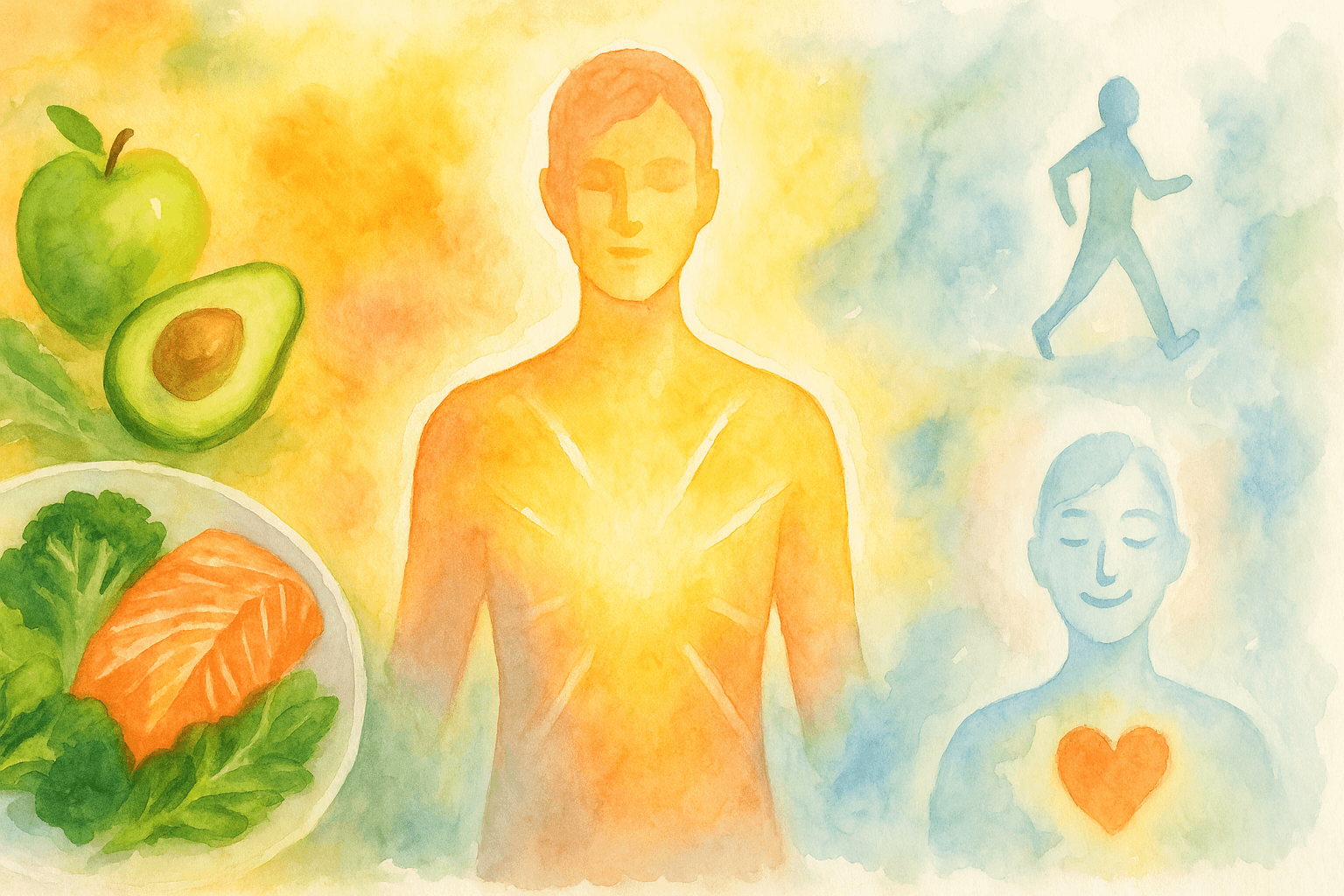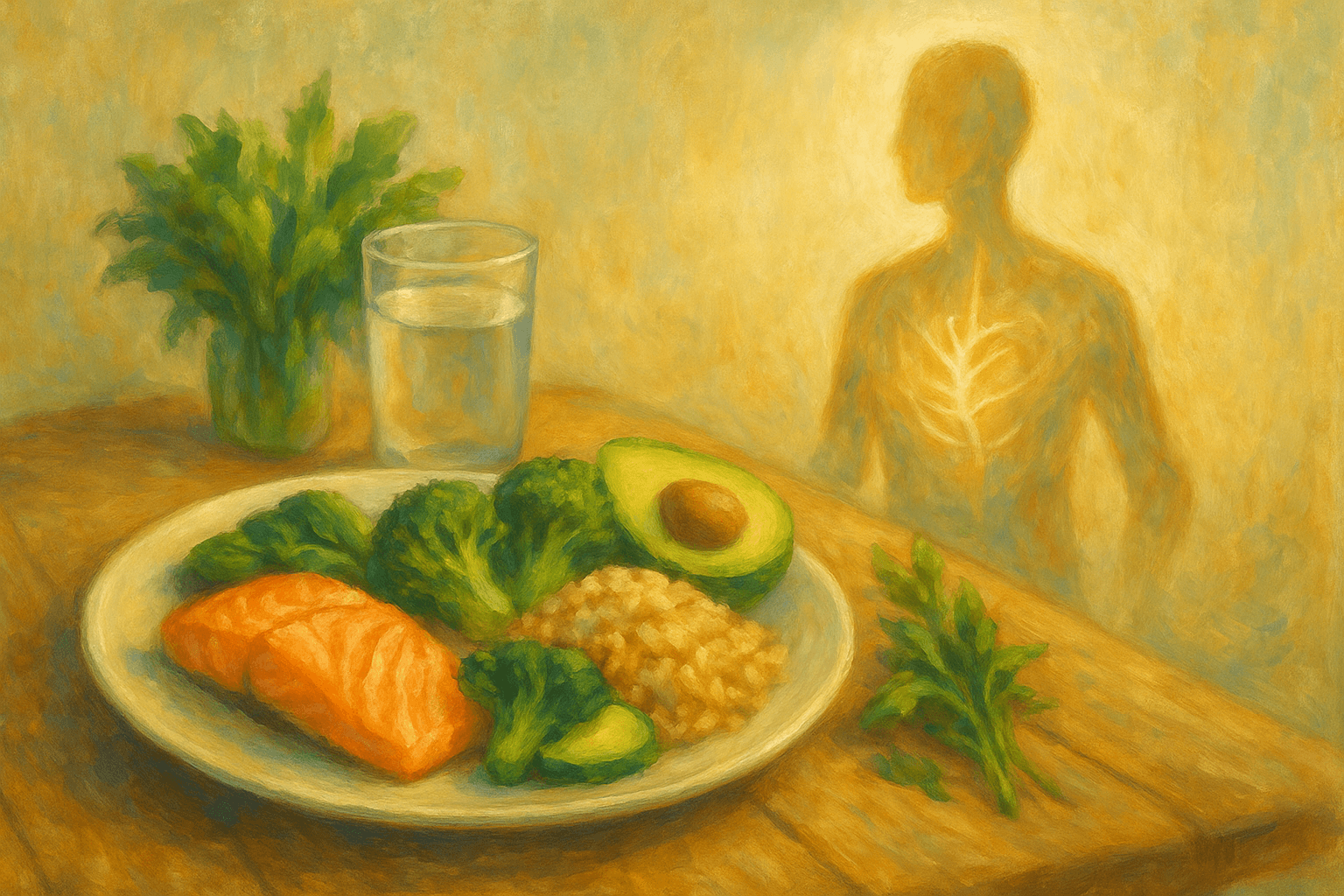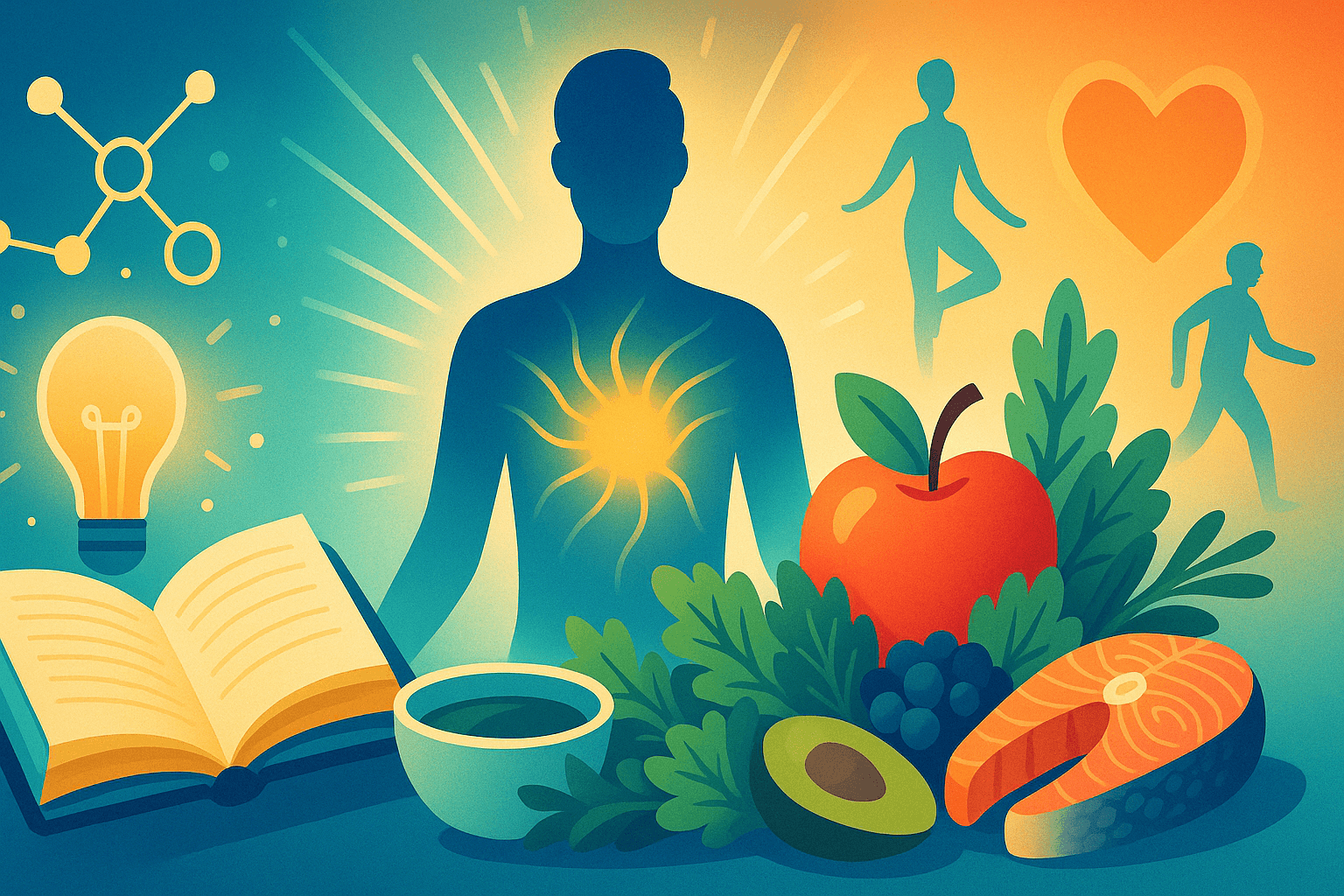Diabetes Decoded: Your Compassionate Guide to Thriving with Knowledge, Nutrition, and Self-Care
Published on August 26, 2025
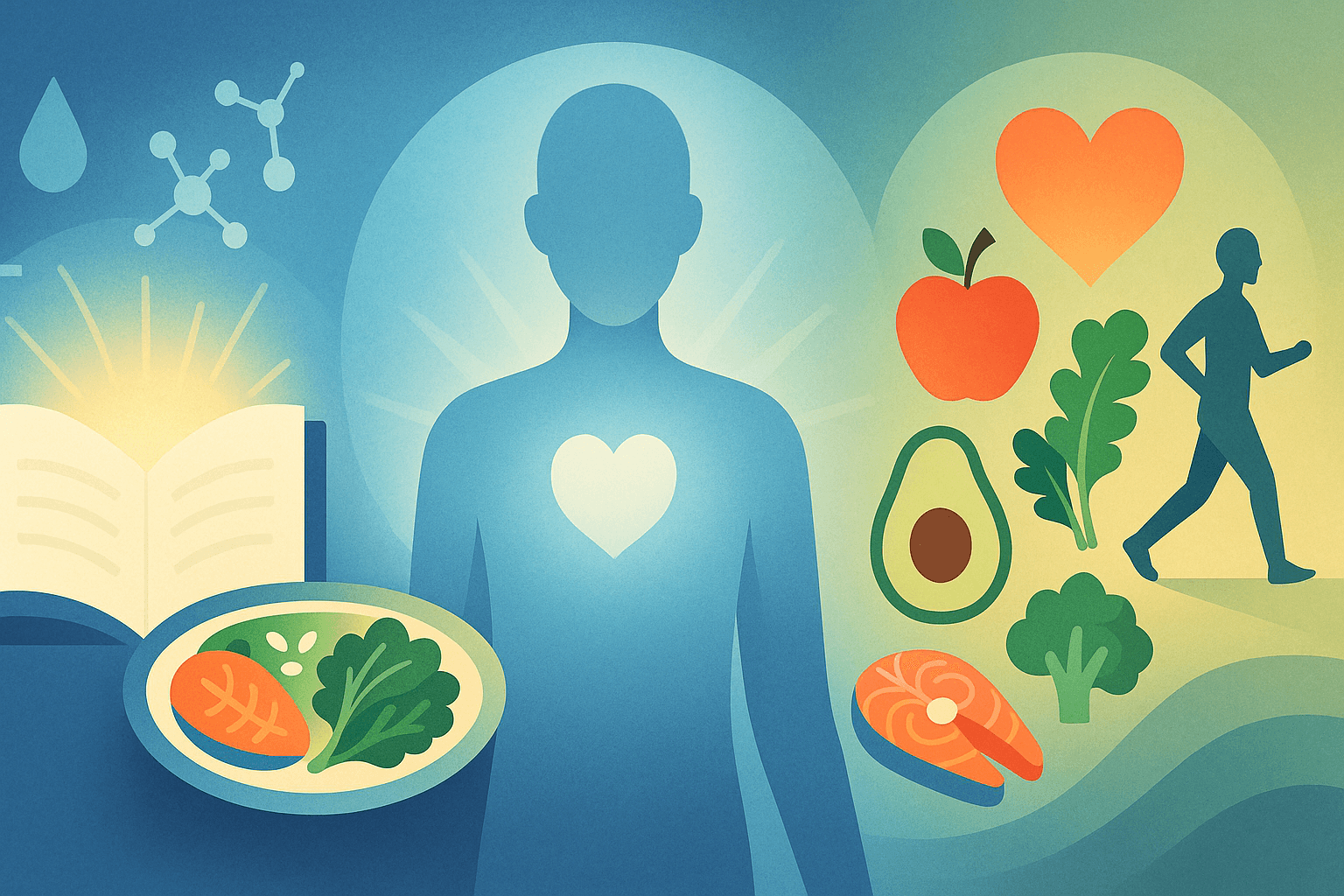
There are few terms with as much emotional weight as “diabetes.” It may seem like a diagnosis that carries anxiety, guilt or overwhelm. For some, diabetes is a constant reality of daily life — a bromide, on good days a problem, on bad days something else entirely. But here’s the wonderful thing: Diabetes doesn’t have to signal the end of a joyful, active and fulfilling life. With the right information, support, and day-to-day habits, anyone can live full, dream big, and have diabetes only be a tiny part of the big picture.
As a science-loving, science-following dietitian, I’ve seen tons of people go from feeling like they don’t understand what they’re doing in the kitchen to feeling like kitchen rock stars, from feeling like they’re not “good enough” at cooking to feeling like experts. Diabetes is hard … but with knowledge, a few practical tools and a kinder approach, you can change how you feel, what you eat, how you move and how you live. Let’s take a deep dive into what diabetes actually is, debunk popular myths, and discover the in-the-trenches tactics for mastering nutrition, lifestyle, and long-term health – no matter where you’re starting from.
What Is Diabetes, Really?
It’s an autoimmune disease, which means the immune system has gone haywire and the pancreas no longer produces insulin, the key hormone that regulates sugar in the blood. When you eat, your digestive system breaks down carbohydrates into glucose, a form of sugar, which enters your bloodstream. Insulin is also a hormone produced by your pancreas that helps glucose get into your cells for energy. In diabetes, these things get derailed: Your body either doesn’t make enough insulin, or your cells don’t respond well to it (insulin resistance), or both. That means too much glucose is circulating in your blood, and not enough of it is fueling your muscles and organs.
Type 1 Diabetes: This is an autoimmune condition, and frequently begins during childhood or adolescence; however, it can develop at any age. An autoimmune attack causes the immune system to inadvertently destroy insulin-producing cells in the pancreas; people with Type 1 diabetes therefore need daily insulin for life. People with Type 1 lead rich and exciting lives with today’s technology and support.
Type 2 Diabetes: This is the most common by far. It generally presents in adulthood, but more people are diagnosed at a young age every year. The body either becomes resistant to insulin or loses the capacity to manufacture enough of the hormone. It’s affected by genetics, aging, weight, inactivity and stress. Type 2 is treated with good habits, or sometimes with oral medication or insulin.
Gestational Diabetes: This type develops when a woman is pregnant, because it is a result of the hormonal changes that make it difficult for insulin to work. It increases the blood glucose level in order for the baby to have glucose in the blood. It ordinarily clears up after birth, but increases the risk of future Type 2 diabetes for the mother as well as the baby.
Other Rare Types: Rare causes of diabetes relate to genetic syndromes, drugs and diseases of the pancreas.
Why Does Diabetes Matter?
Long-term, high blood sugar can damage blood vessels and nerves throughout the body. Complications can lurk — the heart, kidneys, eyes, feet and even the brain can be affected. That can feel overwhelming, but here’s amazingly hopeful news: in most cases, with steady care, people with diabetes can delay, lessen, or sometimes avoid complications altogether. Modern medicine, early discovery, and small habits like routine checkups, blood pressure and cholesterol control, and healthy routines have revolutionized what is possible. Most people who have diabetes have a long, fulfilling, and joyous life ahead of them.
6 Diabetes Myths, Busted — What’s True and What’s Not
Myth 1: Eating sugar causes diabetes.
This is one of the most popular and one of the most untrue myths. Diabetes is a lot more than just sugar consumption — genes, body weight, activity, stress, sleep, and sometimes just dumb luck all factor in. Anyone, regardless of body size or eating style, can develop diabetes, and blaming yourself is never going to help.
Myth 2: You must completely do away with your favorite foods.
Healthy eating with diabetes is more about what you can do than what you can’t. With smart planning and portion awareness, and understanding how various foods work with (or against) your blood sugar, there’s room for treats and toasting, along with all the nourishing foods you hold dear.
Myth 3: Only fat people get diabetes.
And though being heavy can exacerbate the risk of it, many people who have diabetes are at a healthy weight; Type 1 is not associated with size or lifestyle. Emphasize good habits and self-compassion, not blame.
Myth 4: Diabetes is a constant state of feeling out of sorts or restricted.
Most people with diabetes who are effectively managed have normal energy, mood and an active and rewarding life. Knowing, and caring now, make all the difference.
The crux of diabetes management is to maintain blood sugar levels in an optimal range — not for perfection’s sake, but to get as close to feeling good as you can and to preserve your health over the long run. These are the things that can have the greatest impact:
- Food: Carbohydrates increase blood sugar, but not all carbohydrates are alike. Processed carbs and sugar produce rapid increases; whole grains, beans, lentils and most vegetables are absorbed slowly, ensuring gentle, even shifts in blood sugar. Pair carbs with protein, healthy fats, and fiber, which can help slow the rate of carbohydrate absorption and keep you satiated for longer.
- Movement: Exercise is a superpower. Even a short walk after eating can help reduce blood sugar levels and improve your body’s response to insulin. What matters is not what kind of movement you do — whether it’s walking, dancing, gardening, biking, swimming, stretching, yoga or calisthenics. What do you love and how can you incorporate it into your schedule?
- Sleep and Stress: Bad sleep and chronic stress can boost blood sugar — even if your diet is flawless. Strive for 7–9 hours of quality sleep, prioritize stress reduction by doing deep breathing, spending time in nature, engaging in hobbies or connecting with others.
- Medications: Many people require oral meds or insulin, especially for Type 1 or advanced Type 2. If you have to take medication, that doesn’t mean you’ve failed — it means you have a tool that can keep you strong and well. So make sure to always take as prescribed and reach out to your healthcare team if you have any questions or concerns.
Eating Well With Diabetes
There is no such thing as a “diabetes diet.” Instead, the best choice is a pattern that looks even, fun and engaging, and fits your culture, your tastes, and your life. Here’s what matters most:
- Focus On Whole, Real Foods: Vegetables, fruits, lean proteins (fish, poultry, tofu, eggs), beans, nuts and seeds, whole grains and healthy fats (avocado, olive oil, nuts). Those are the foods that provide you with sustained energy and stable blood sugar.
- Carb Knowledge: Figure out how much carbohydrate is in your food and consume it evenly through the day. It’s enlightening to read nutrition labels and to track what you eat for a week or two.
- Fiber Is a Cool Friend: Fiber slows down digestion and steadies blood sugar. Fill yourself with veggies, fruits, beans and whole grains. It’s helpful to aim for 25–35 grams daily.
- Watch Your Portions: Even healthful foods can cause an increase in blood sugar if you eat too much of them. Use your hand as a guide: your palm for protein, your fist for grains, two fists for veggies, your thumb for fat.
- Don’t Skip Meals: Eating throughout the day can help prevent large swings in blood sugar levels and can prevent hunger and cravings.
Building a Balanced Plate
The “plate method” is a visual, flexible way to construct meals that are balanced:
- Half your plate: Nonstarchy veggies (salad greens, broccoli, peppers, tomatoes, cauliflower, zucchini).
- One quarter: Lean protein (chicken, fish, tofu, eggs, beans).
- One quarter: Whole grains or starchy vegetables (brown rice, quinoa, sweet potato, corn, whole-wheat pasta).
- Fat and fruit to taste.
It’s simple, it’s easy to remember, it keeps meals colorful and satisfying, and it naturally self-regulates nutrition.
The Power of Movement
It all adds up, for your blood sugar and your whole body. Shoot for at least 150 minutes a week of moderate activity, split up into whatever time chunks work for you — say, 30 minutes a day five days a week, or 10 minutes here and there. Include some strength work a few times a week to help promote muscle health and your metabolism. Keep in mind: The best exercise is the one you’ll actually do — so find the one that you enjoy.
Stress, Sleep, and Emotional Well-Being
Diabetes caregiving relates to more than just food and medicine — it involves tending to your mind and emotions as well.
- Stress: When someone is chronically stressed, it can be more challenging to control blood sugar. Consider encouraging other outlets such as relaxation/meditation techniques, journaling, art, music, or just taking a very quick moment for quiet. Time spent with friends, pets or in nature (or all three!) also soothes the nervous system.
- Sleep: Adequate sleep is needed for energy, for mood, and to help to keep our blood sugar steady. Establish a routine — wind down before bed, keep your room cool and dark, and unplug from screens.
- Support: There’s no need to go through this by yourself. Discuss your feelings with friends, family, a member of your medical team or a diabetes support group. Everything is easier when you journey together; obstacles are lighter and victories are sweeter.
Medication: It’s Not The Enemy — It’s Your Friend
If you need medication or insulin, here’s the thing to remember — it’s not a failure. It’s simply one more tool in your self-care toolbox. Do not stop or change doses without talking to your provider and report any side effects or concerns.
Avoiding the Accidents: Little Habits, Huge Impact
Regular checkups and consistent self-care are empowering. Monitor your blood sugar, have regular eye and foot exams, and keep an eye on blood pressure and cholesterol. The earlier a difficulty is intercepted, the simpler it is to correct. Each small step — each healthful meal, each stroll, each minute of self-care — is a gift to your future.
Living Well Every Day
- Think ahead: Fill your kitchen with healthy snacks and staples, prepare the meals ahead of time and have them available — pay close attention to quick and healthy options.
- Develop your team: Rely on a team of people in the healthcare world, supportive friends and family, and the diabetes community to offer ideas, solutions and support.
- Stay flexible: Life happens! Some days everything will fall into place easily, some days won’t—and that’s okay, as long as you get back on track and learn and step forward.
- Acknowledge wins: Every little healthy decision is a success. Recognize and celebrate the progress you’ve made.
My Perspective: So Much More than Diabetes
You are so very much more than a label. Diabetes presents challenges but can also be an opportunity to get to know yourself at a deeper level, become more resilient and create a life you love. You can live a story that isn’t just “fine,” but vibrant and meaningful, with the right tools, knowledge and support. Each meal, each step, each act of care nudges you closer to becoming your healthiest, happiest self. Diabetes is just a chapter in your story—don’t let the remainder of your book radiate with energy, opportunity, and hope.




